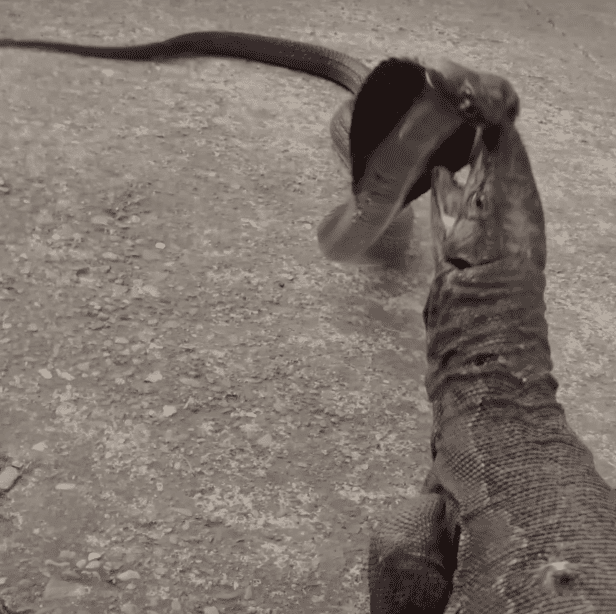In the realm of the wild, encounters between predators often lead to intense confrontations. One such battle recently captured the attention of nature enthusiasts worldwide: the epic showdown between a Monitor Lizard and a Cobra. Let’s delve into the thrilling drama of this encounter and explore the fascinating characteristics of these reptilian rivals.
The Showdown
The stage is set as the Monitor Lizard and the Cobra face off in a primal duel for dominance. With their instincts finely tuned and their fates entwined, these ancient adversaries engage in a mesmerizing display of agility and strategy.
Let’s take a closer look at the Monitor Lizard…
Physical Characteristics Of The Monitor Lizard
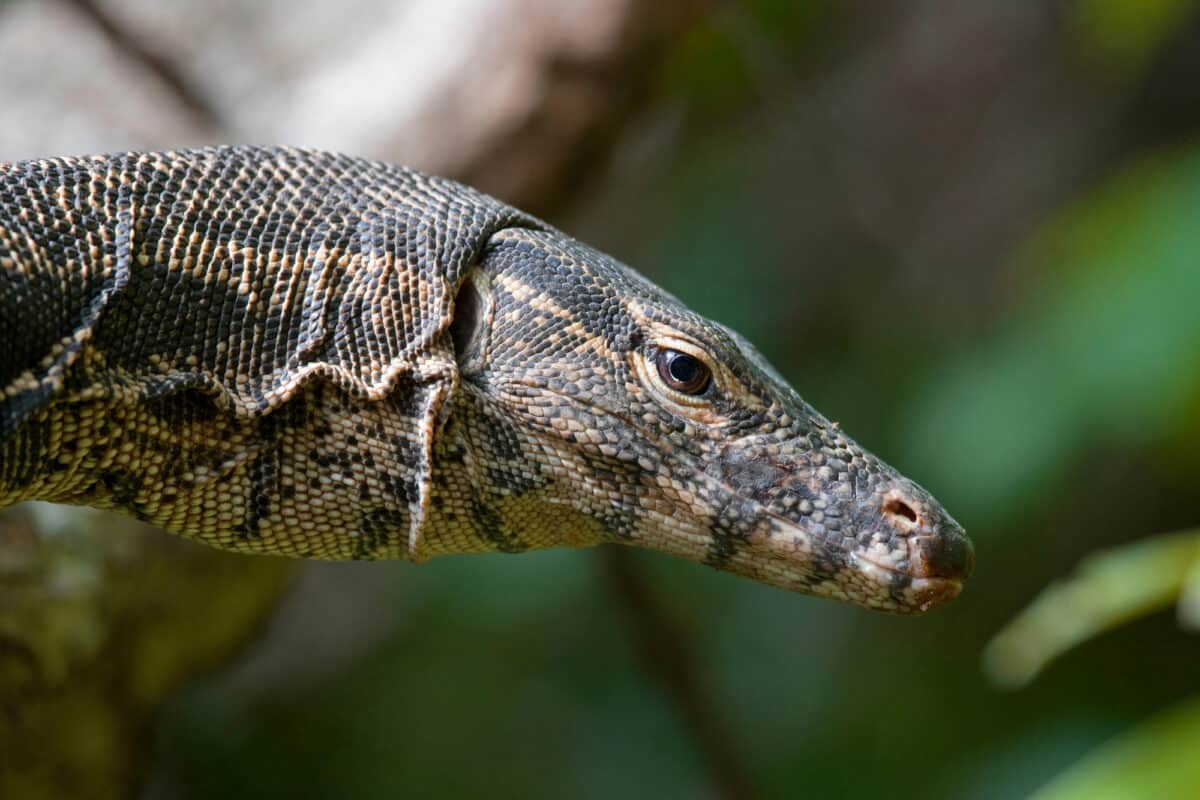
- The Monitor Lizard, a formidable reptile, boasts a muscular body covered in tough scales, providing protection against predators and environmental hazards.
- With elongated bodies and powerful limbs, Monitor Lizards exhibit remarkable agility and speed, essential for hunting and evading danger.
Size and Weight
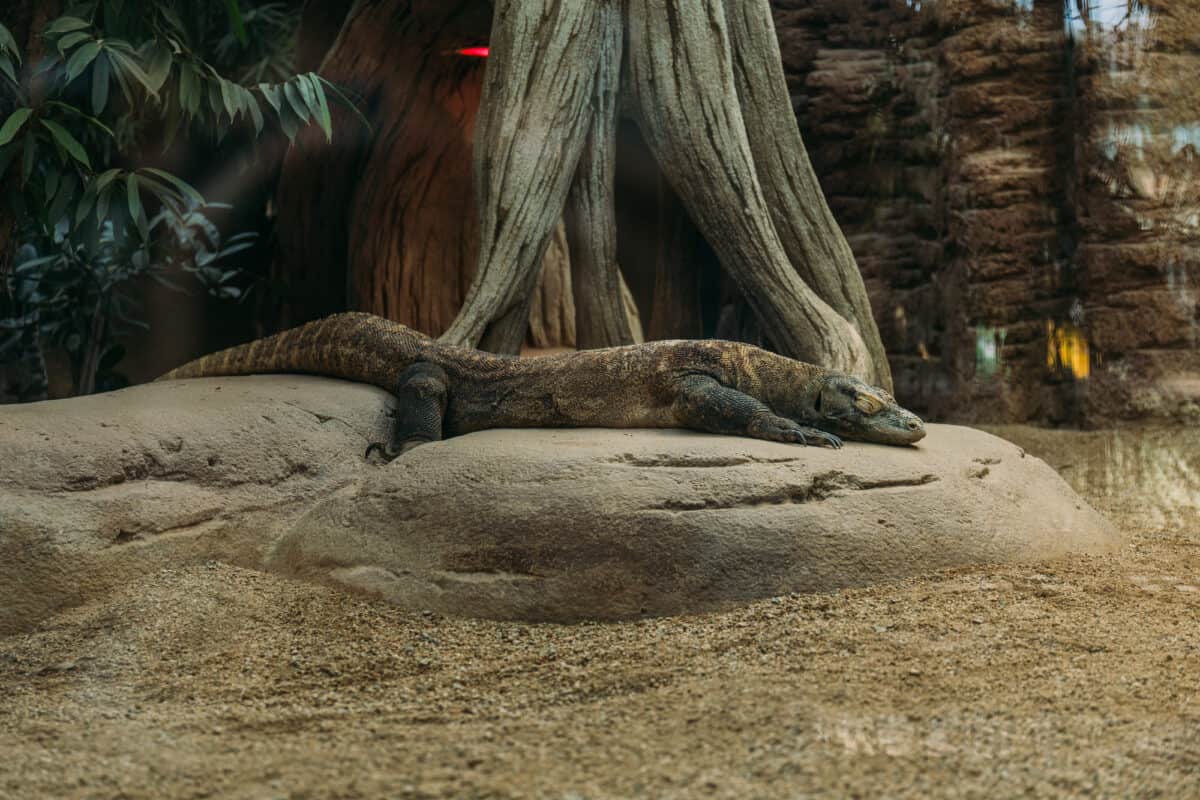
- Monitor Lizards come in various sizes, with the largest species, the Komodo Dragon, reaching lengths of up to 10 feet and weighing over 150 pounds.
- Even smaller species, like the Nile Monitor, can grow to impressive lengths of around 7 feet, making them formidable predators in their own right.
Diet and Hunting
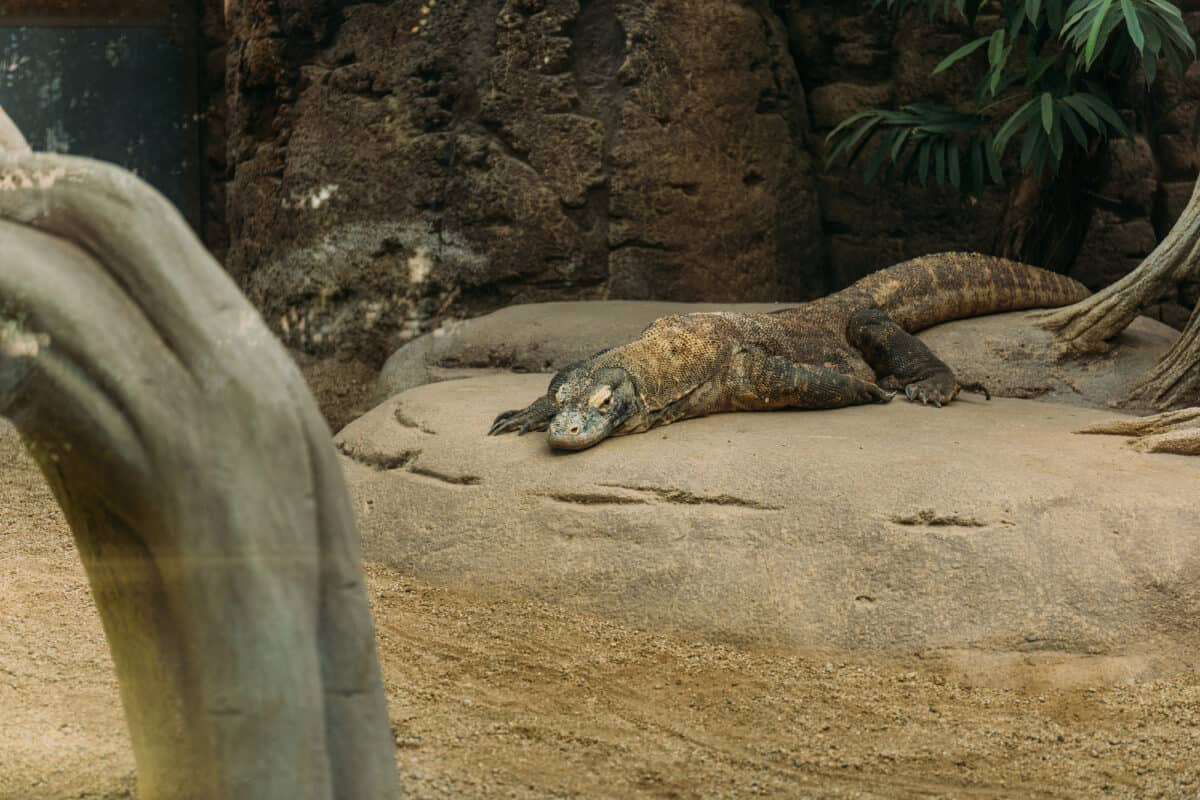
- As opportunistic predators, Monitor Lizards have a diverse diet, feeding on anything from insects and small mammals to birds, fish, and even carrion.
- With keen senses and powerful jaws equipped with sharp teeth, Monitor Lizards employ ambush tactics or relentless pursuit to capture their prey.
Behavior and Habitat
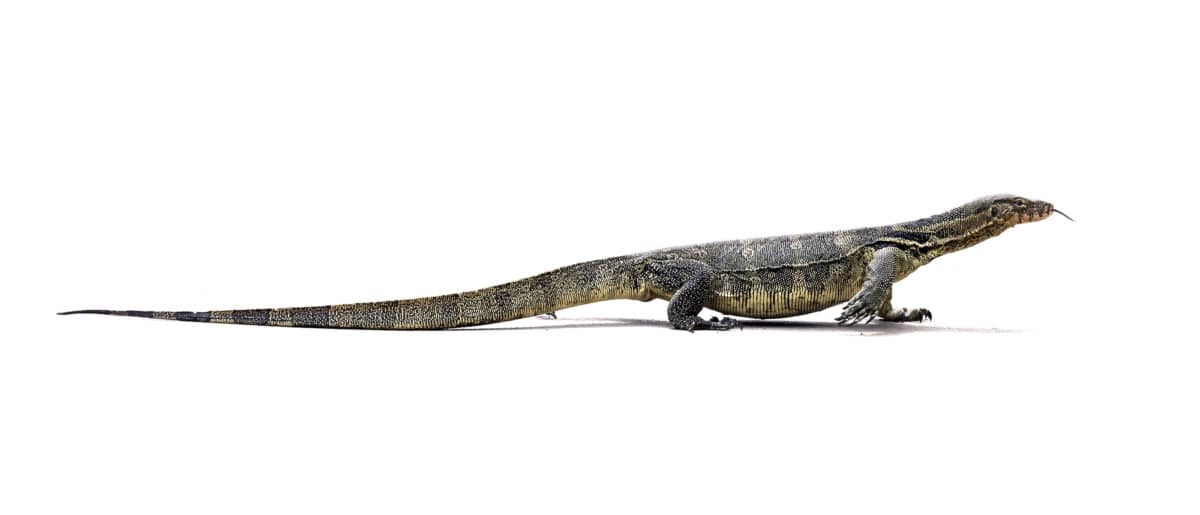
- Monitor Lizards are highly adaptable reptiles found in a variety of habitats, including forests, savannas, and deserts, across Africa, Asia, and Australia.
- Despite their intimidating appearance, Monitor Lizards are generally solitary creatures, except during mating season or when scavenging for food.
Reproduction and Lifespan
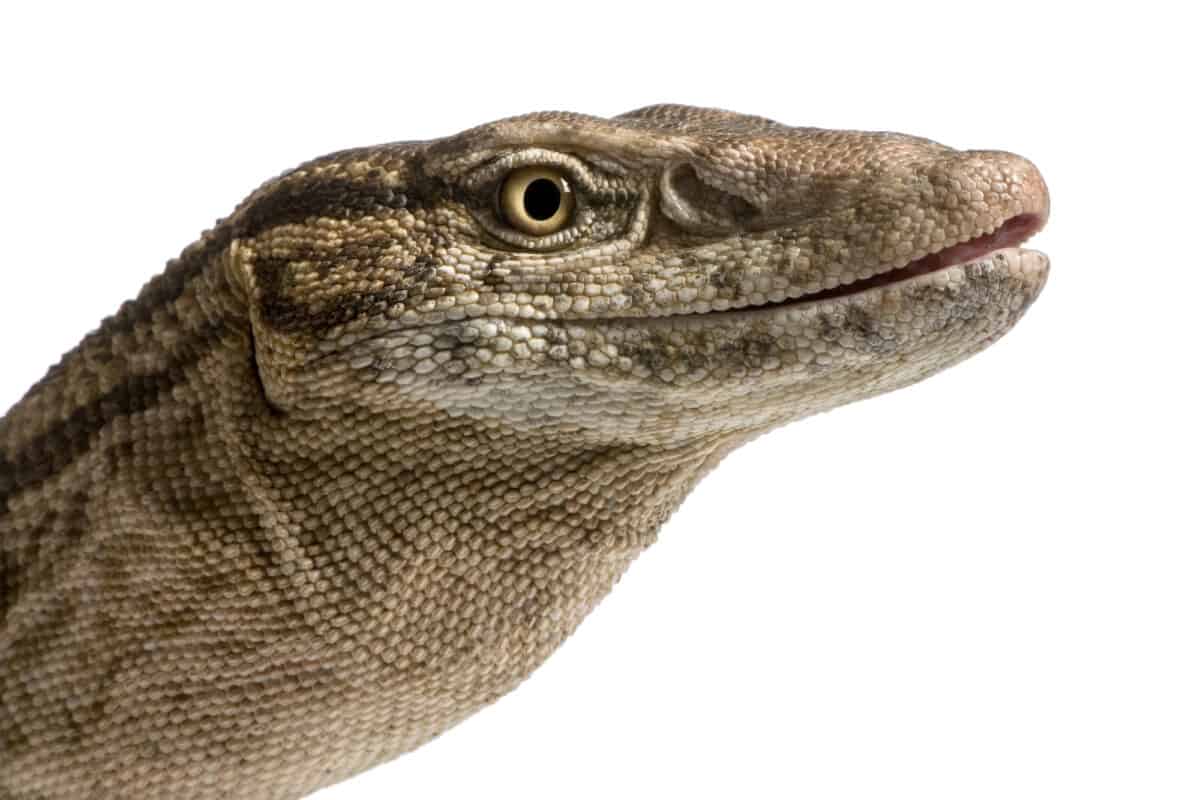
- Female Monitor Lizards typically lay eggs in underground nests, where they are incubated until hatching.
- Depending on the species, Monitor Lizards can live for several decades in the wild, with some individuals reaching ages of 20 years or more.
Tail
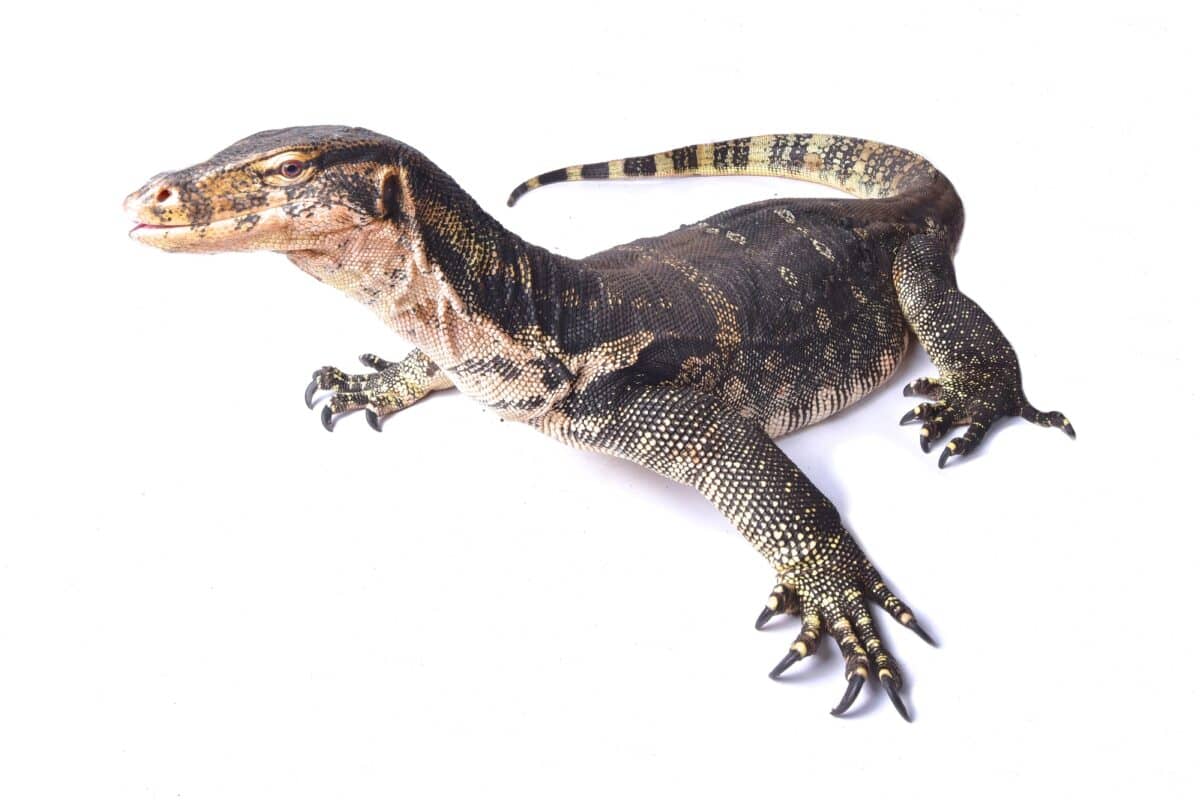
- Monitor Lizards possess long, muscular tails that serve multiple purposes. Beyond balance and agility, these tails can be wielded as defensive weapons against predators or adversaries, delivering powerful strikes when threatened.
Tongue and Olfactory Senses
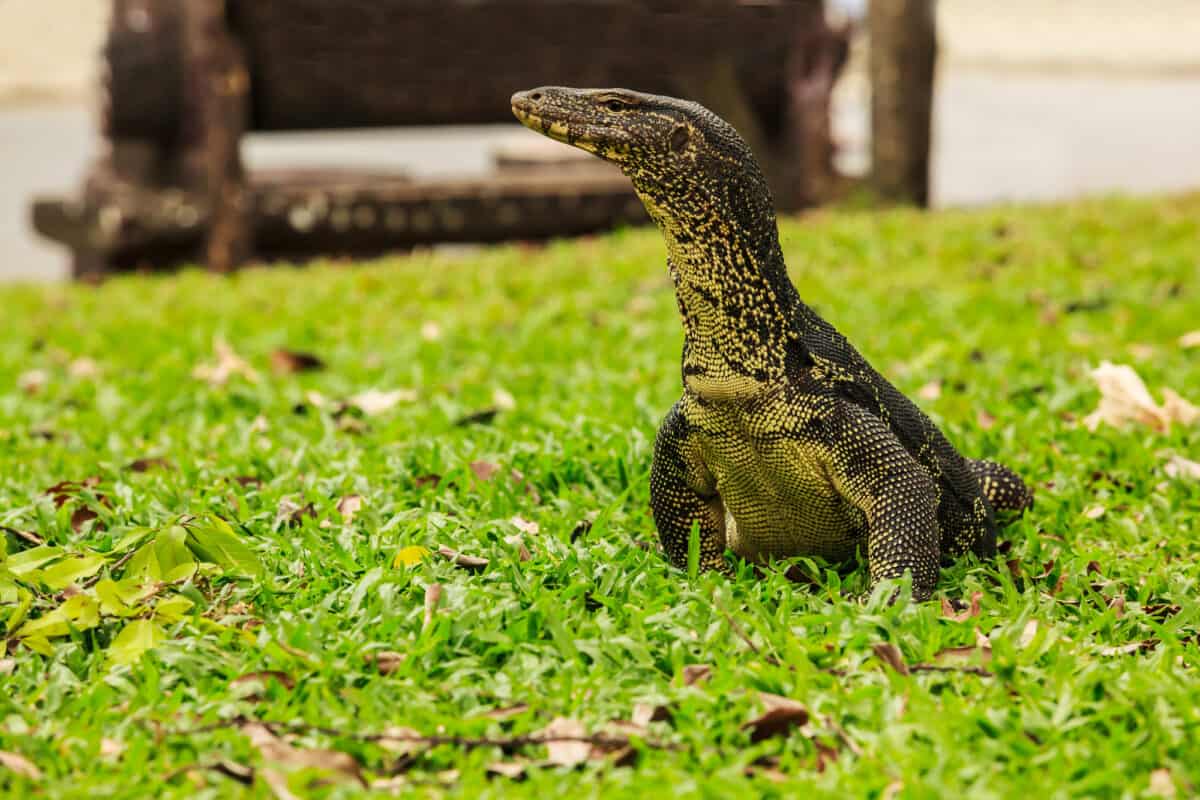
- Their forked tongues, constantly flicking in and out, play a crucial role in detecting scent particles in the air. This acute olfactory sense aids Monitor Lizards in locating prey, potential mates, or detecting nearby predators.
Clawed Feet
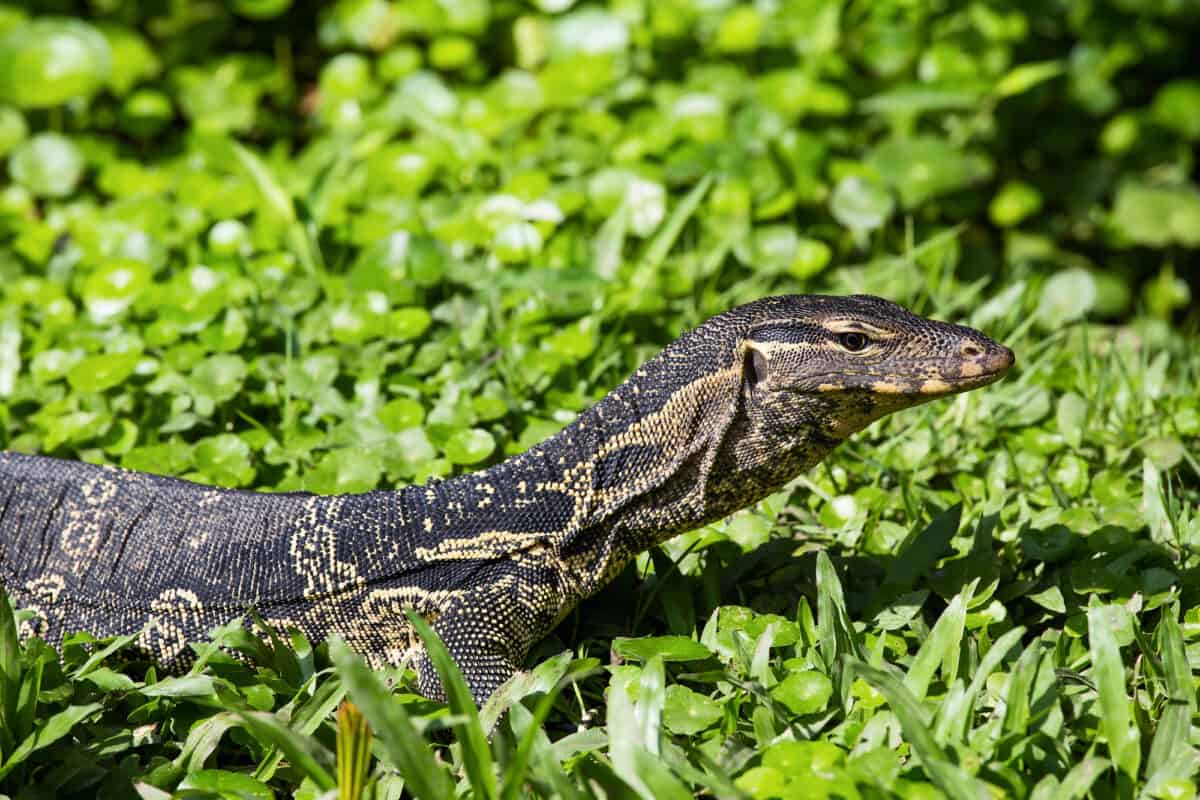
- Equipped with sharp, curved claws, Monitor Lizards’ feet are adept at gripping various surfaces, including rocks, trees, or loose soil. These claws facilitate climbing, digging, and maneuvering through their diverse habitats with ease.
Respiratory System
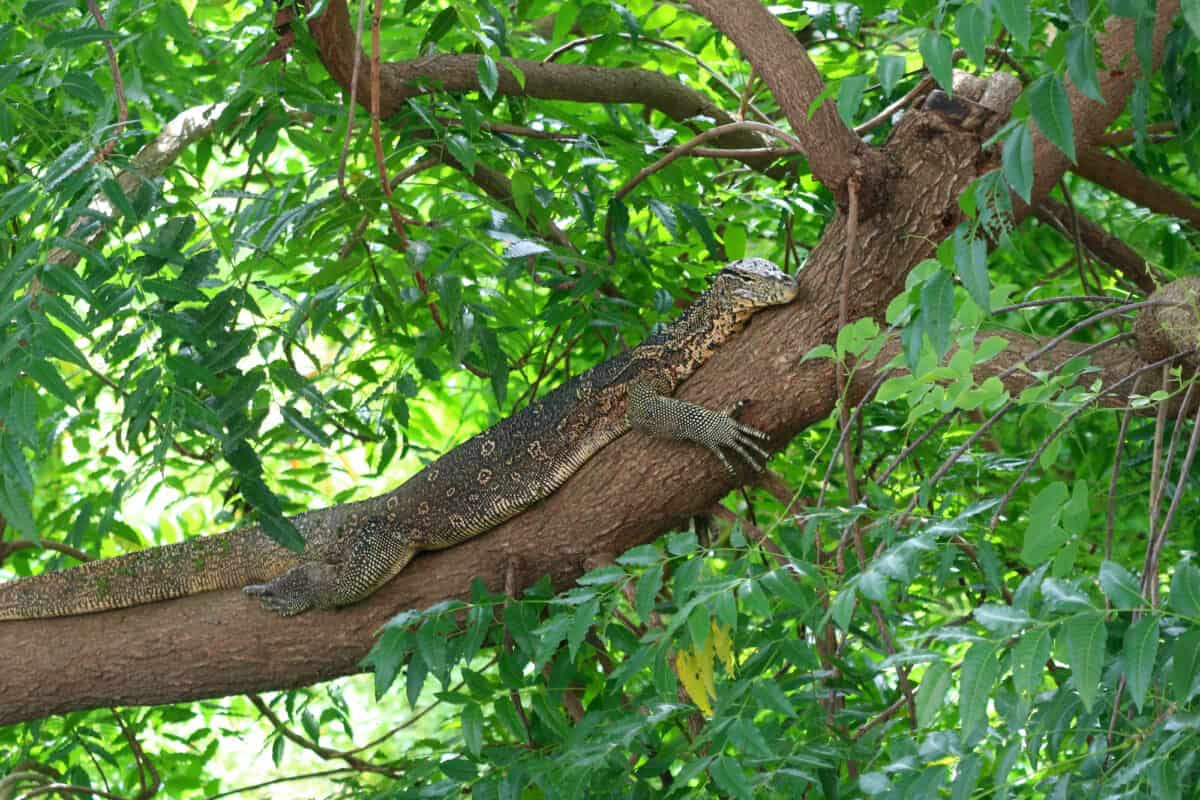
- Monitor Lizards possess a unique respiratory system characterized by a series of air sacs distributed throughout their bodies. This adaptation allows for efficient oxygen exchange, particularly during periods of intense activity or prolonged submersion.
Now that we are clued up on the Monitor Lizard, it’s time to compare the Cobra…
Physical Characteristics Of The Cobra
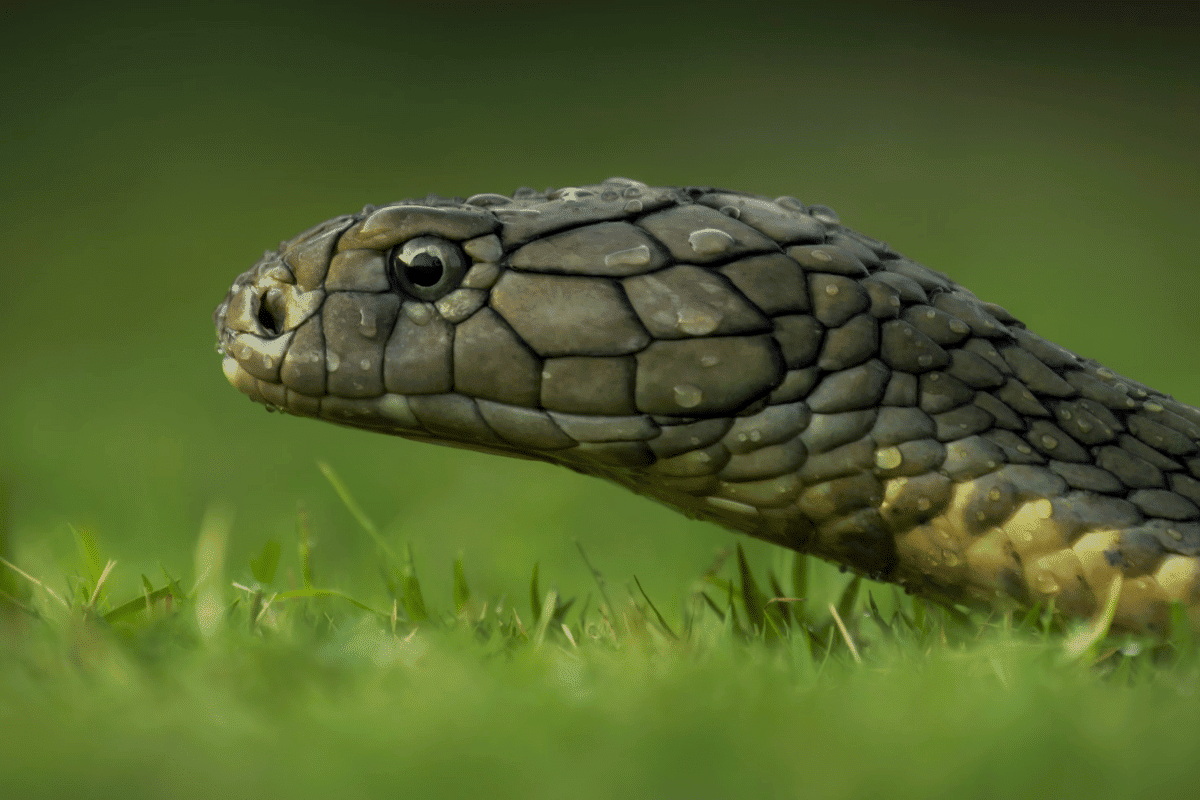
- Cobras are renowned for their iconic hood, which they flare when threatened to appear larger and more intimidating to potential predators or adversaries.
- Their sleek, elongated bodies are covered in smooth scales, often adorned with distinctive patterns or colors, depending on the species.
Size and Venom
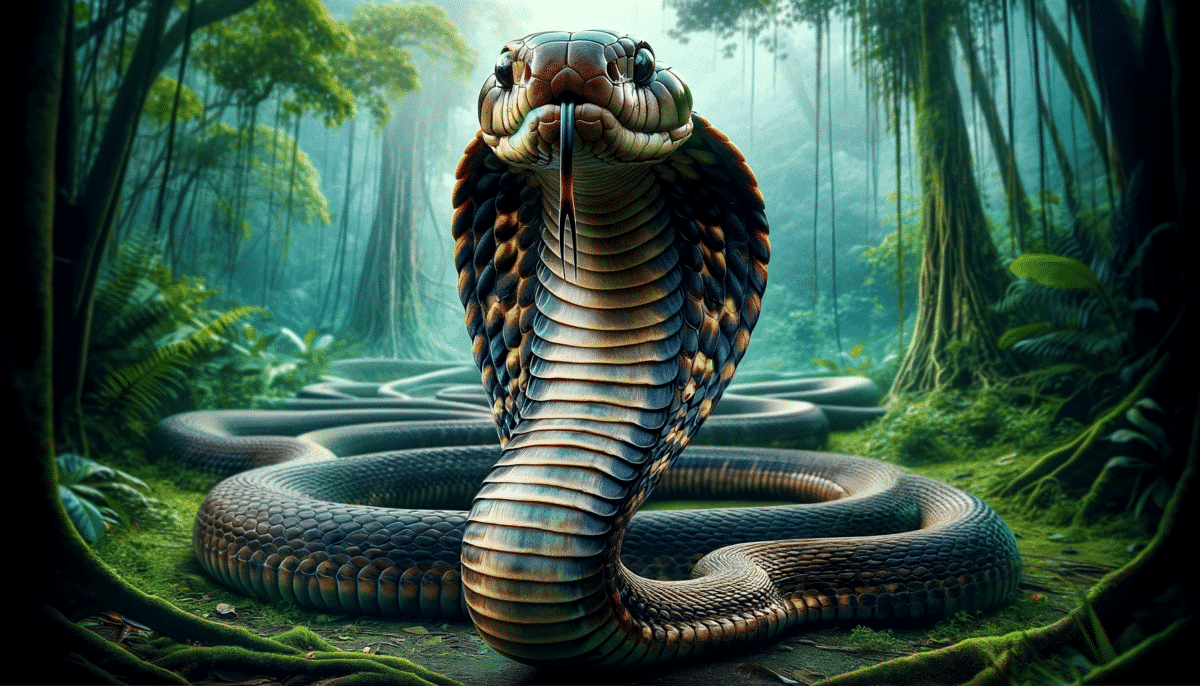
- Cobras come in various sizes, with some species, like the King Cobra, ranking among the largest venomous snakes in the world, reaching lengths of up to 18 feet.
- Equipped with potent venom and specialized fangs, Cobras are formidable predators, capable of delivering a lethal bite to incapacitate their prey or defend themselves.
Diet and Hunting
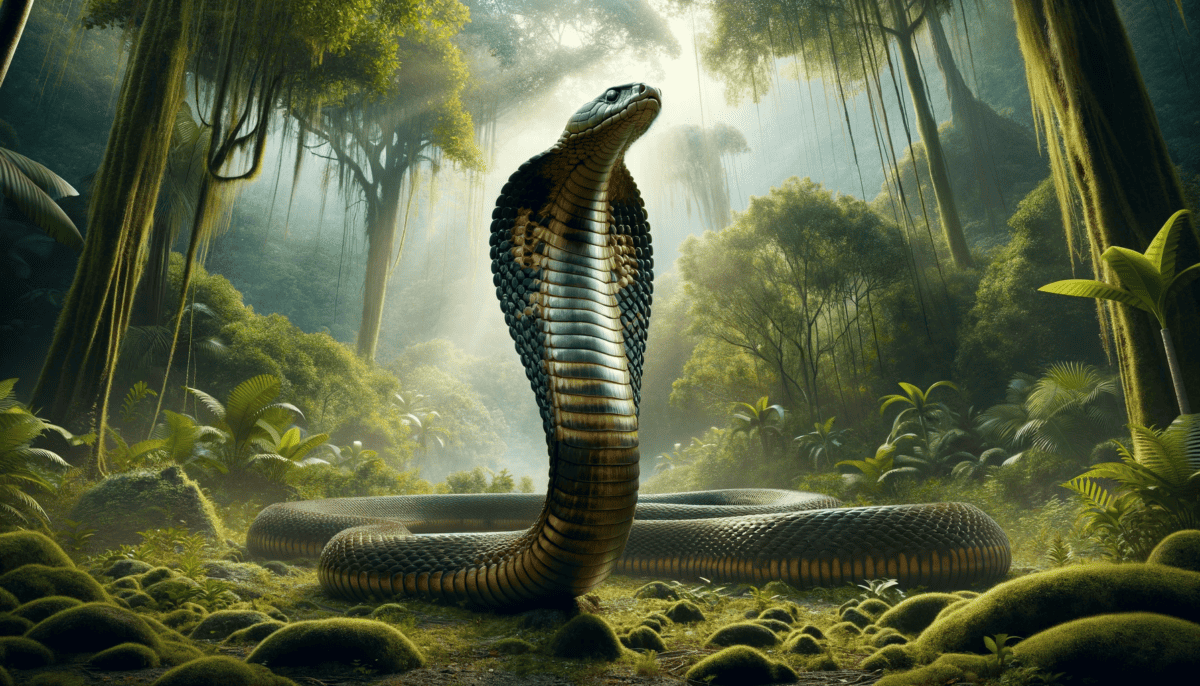
- Cobras primarily prey on small mammals, birds, and reptiles, using their keen senses and stealthy approach to ambush unsuspecting prey.
- While venomous, Cobras may also use constriction to subdue larger prey, such as rodents or birds, before delivering a venomous bite to ensure their demise.
Behavior and Habitat
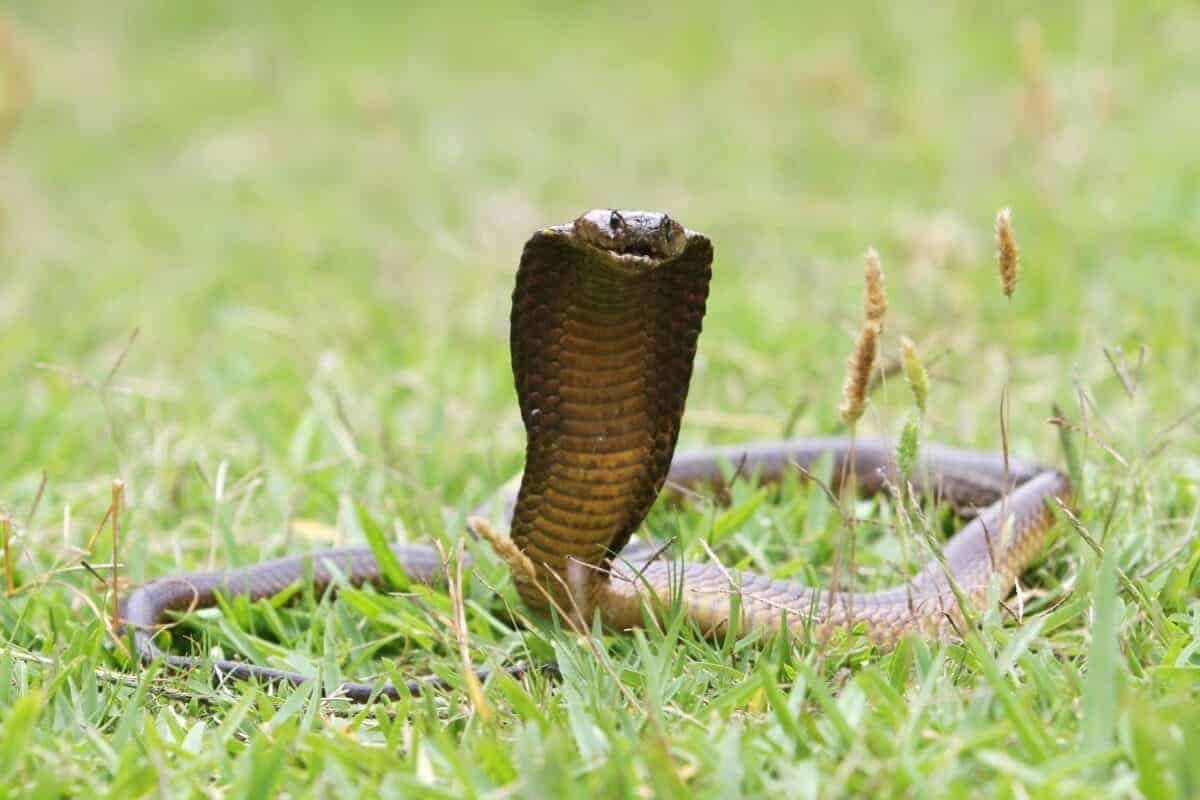
- Cobras are found in a wide range of habitats, including forests, grasslands, and urban areas, across Africa and Asia.
- Despite their solitary nature, Cobras may congregate during the mating season or seek shelter in communal dens during periods of extreme weather or environmental conditions.
Reproduction and Lifespan
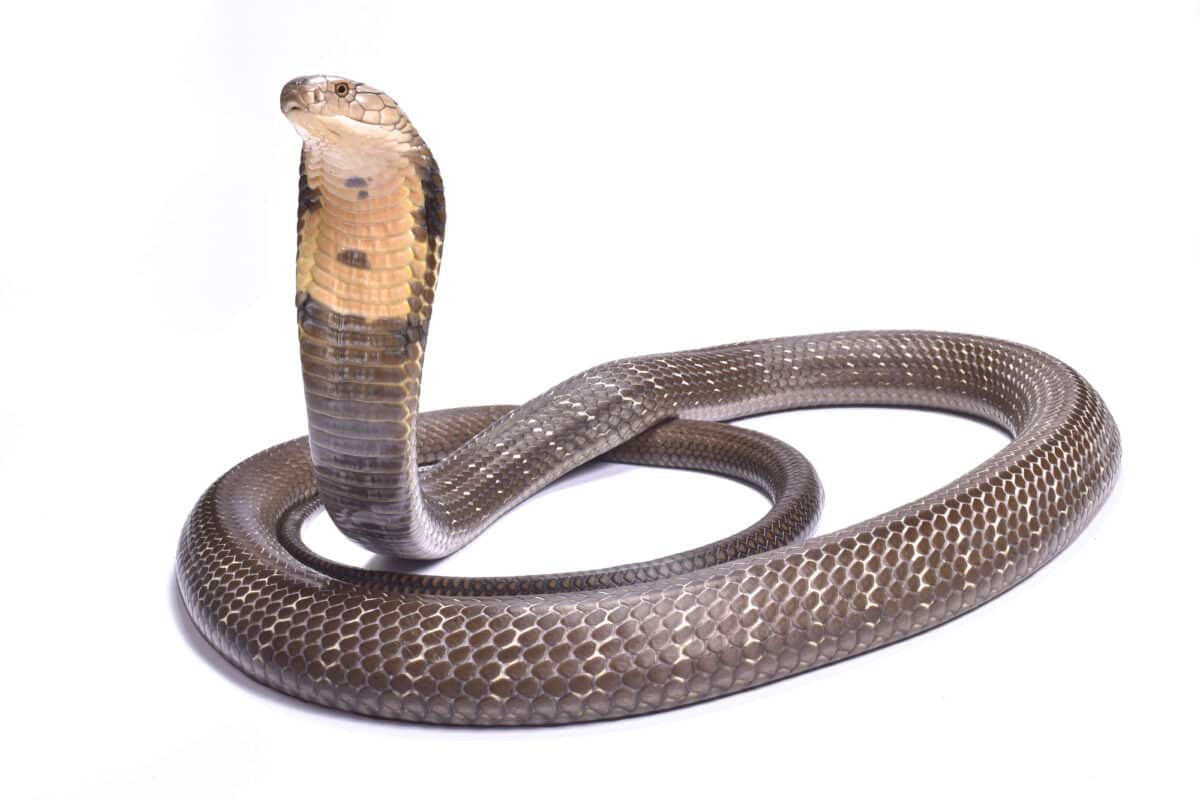
- Female Cobras typically lay eggs in concealed nests, where they are incubated until hatching, with clutch sizes varying depending on the species and environmental factors.
- In the wild, Cobras may live for several years, with some individuals reaching ages of 20 years or more under optimal conditions.
Venom Glands
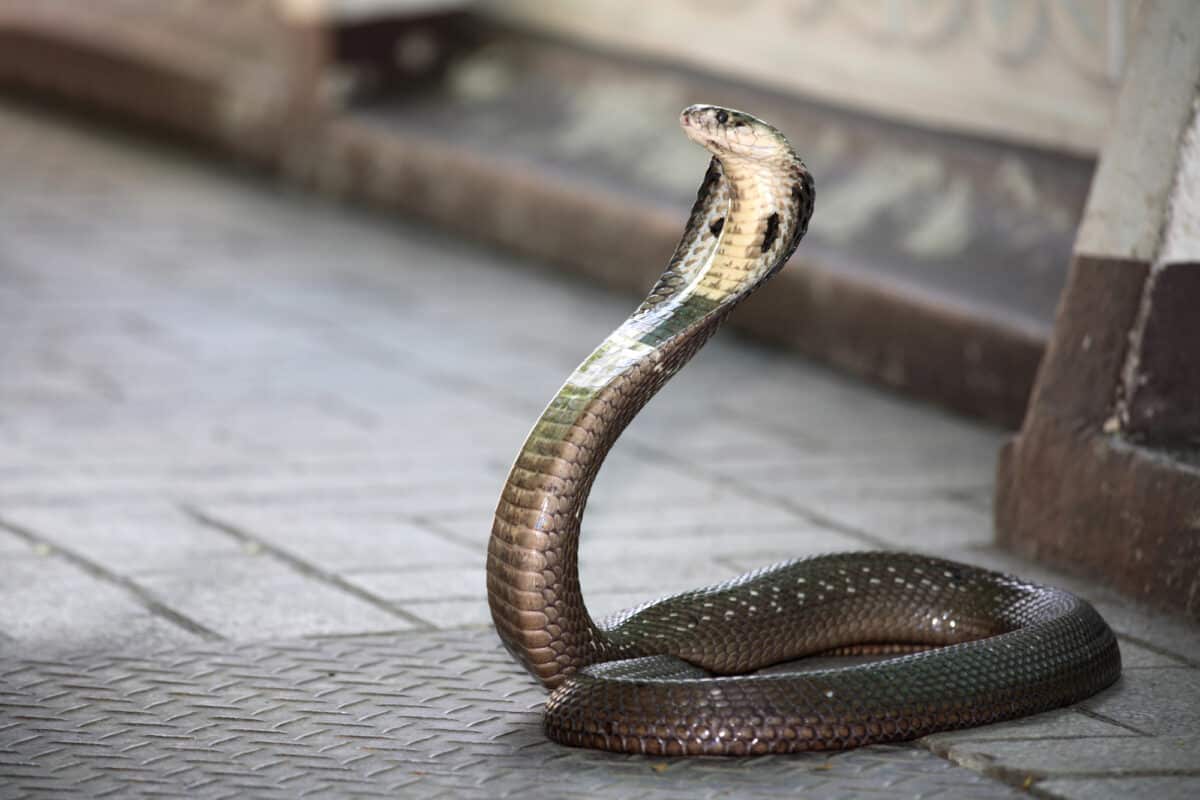
- Cobras possess specialized venom glands located behind their eyes, capable of producing potent toxins designed to incapacitate prey or deter potential threats. These glands connect to hollow fangs, allowing for the delivery of venom through a bite.
Heat-Sensing Organs
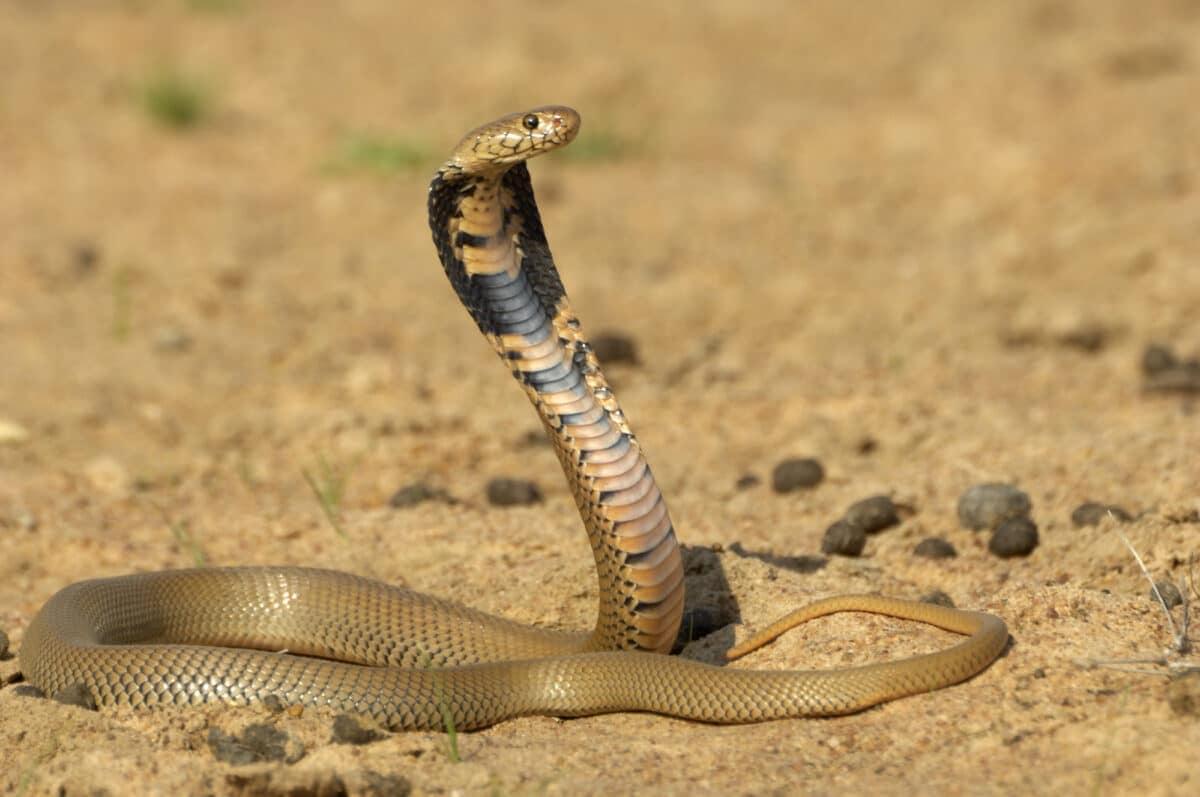
- Alongside their keen eyesight, Cobras possess specialized heat-sensing organs known as pit organs, located on either side of their heads. These organs detect infrared radiation emitted by warm-blooded prey, aiding Cobras in locating and striking their targets with precision.
Flexible Jaws
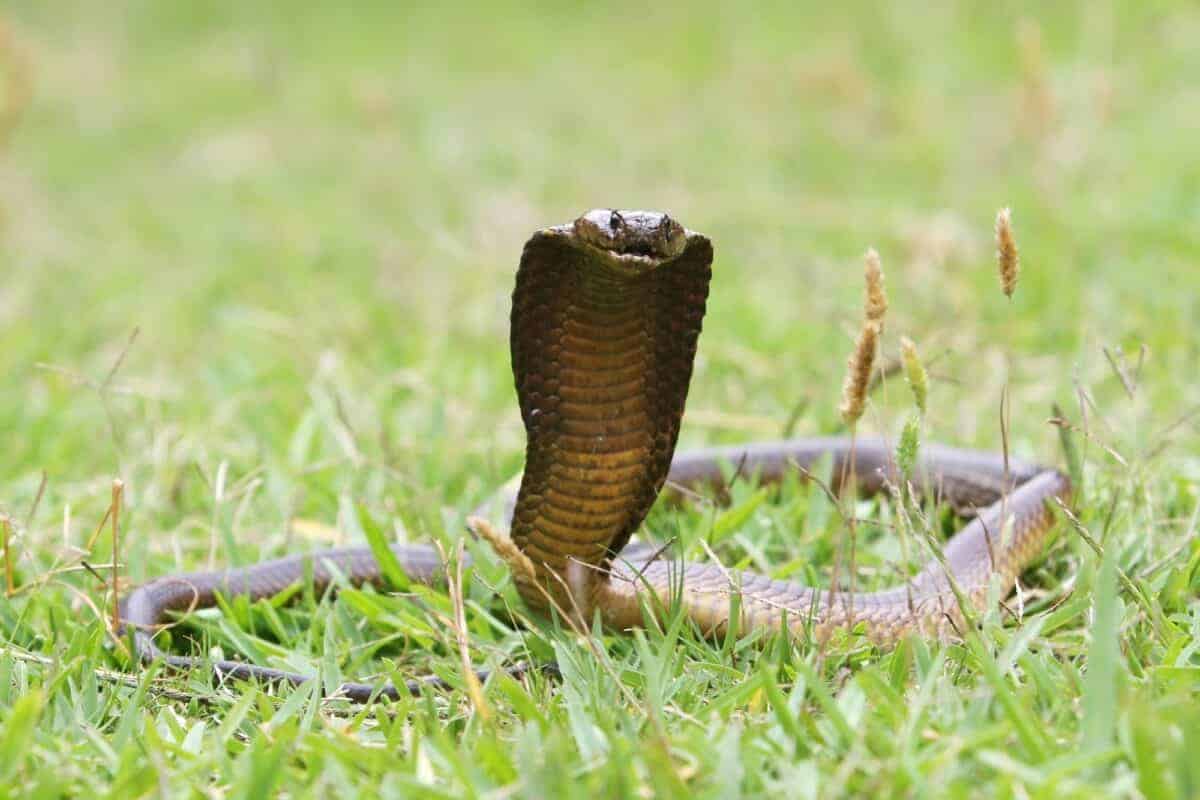
- Cobras possess highly flexible jaws that allow them to swallow prey much larger than their own heads. This remarkable adaptation enables Cobras to consume sizable meals, ensuring their survival even in lean times when food may be scarce.
Venom Ducts and Fangs
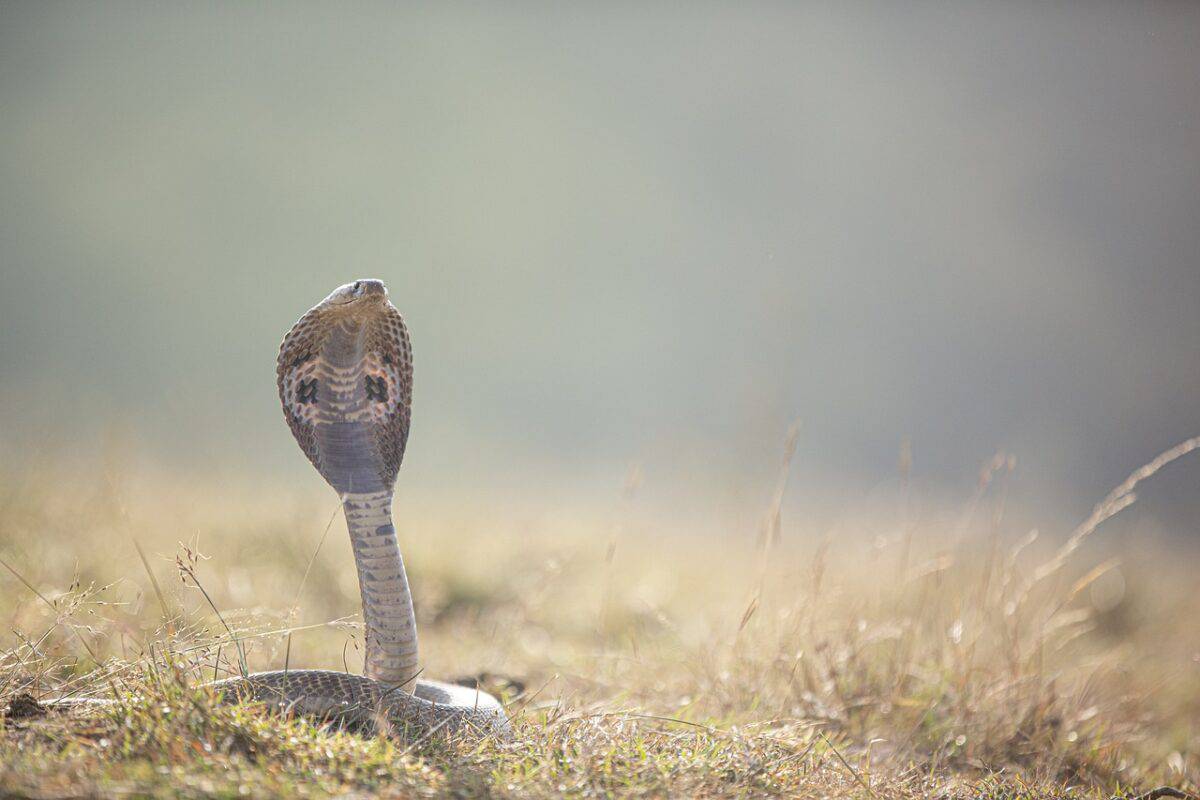
- Cobras feature hollow, retractable fangs connected to venom ducts, enabling them to inject venom into their prey or adversaries with a swift, precise bite. This venom is a potent cocktail of proteins and enzymes designed to immobilize and digest the victim.
Wrap Up

As the dust settles on the battlefield, the Monitor Lizard emerges victorious, its triumph a testament to its strength and resilience. Yet, in the intricate tapestry of nature, every encounter serves as a reminder of the delicate balance between predator and prey, survival and extinction. Through understanding and appreciation, we can unravel the mysteries of the wild and preserve its wonders for generations to come.
Thanks for reading along, for more, check out our related article link below!
Next up:
Join our Forum for free today!

- Huge Pet Bison Breaks Into House - July 22, 2024
- Giant Black Bear Surprises Beachgoers by Emerging from the Ocean in Florida - July 22, 2024
- Brave Man Plays Instrument While Huge Bear Caresses His Shoulder - July 22, 2024

